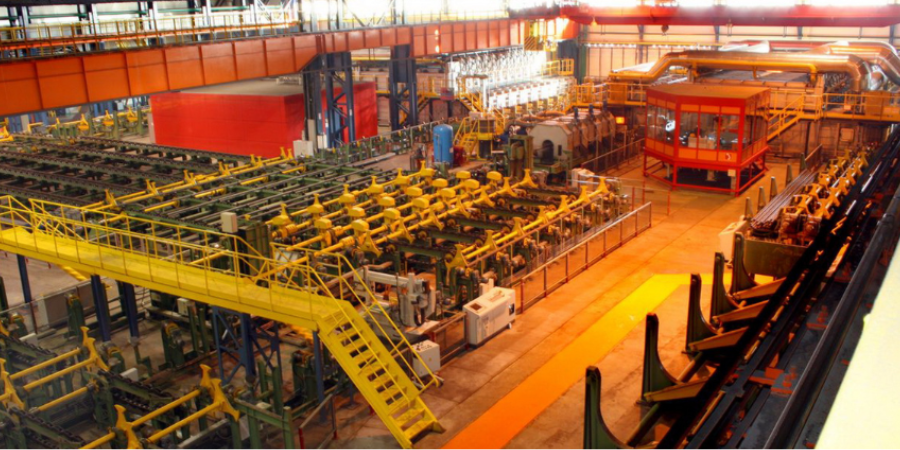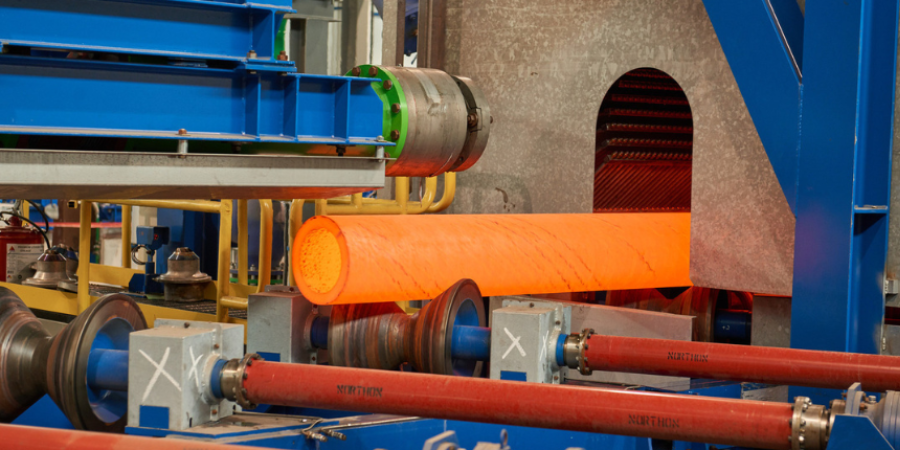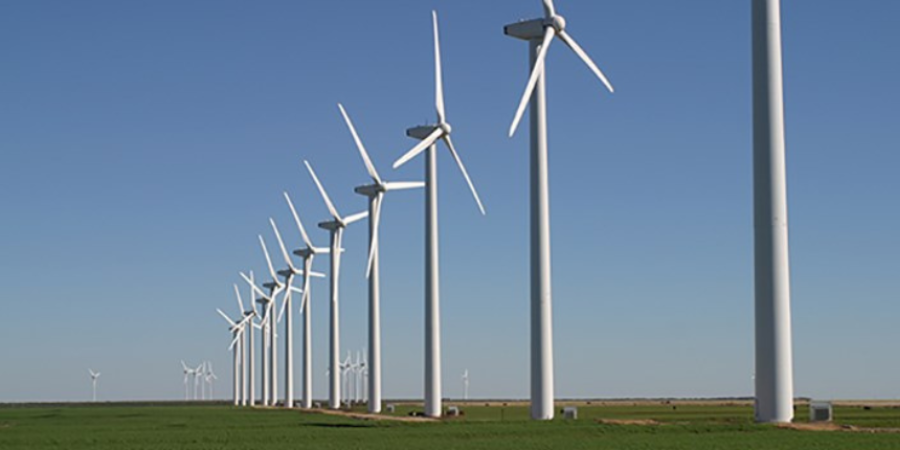TMK-ARTROM Orders Austenitizing Tube Heat-Treatment Line
SMS group received an order from Romania’s TMK-ARTROM for a heat-treatment line for tubes. The line will consist of an austenitizing furnace with walking-beam transport system, quenching head, quenching tank, walking-beam tempering furnace and cooling bed. It will allow various process steps, such as quenching, tempering and normalizing. The line, which will be able to treat tubes up to a wall thickness of 60 mm (2.4 inches), is scheduled to start up in the second quarter of 2017.
TMK-ARTROM’s plant in Slatina produces seamless tubes, OCTG pipes and high-strength tubes for mechanical applications. It has an annual capacity of 160,000 tons. This heat-treatment line, which also includes eco-friendly recuperative burners in the furnaces, will strengthen TMK-ARTROM’s presence in the market for tubes for oil and gas exploration
TMK-ARTROM Orders Austenitizing Tube Heat-Treatment Line Read More »









